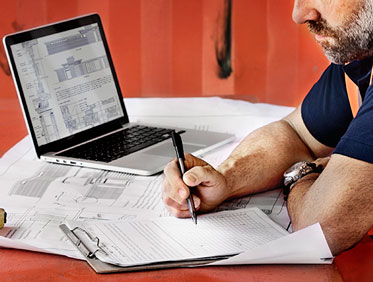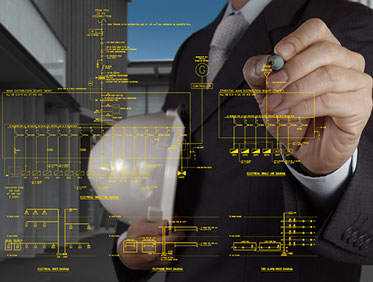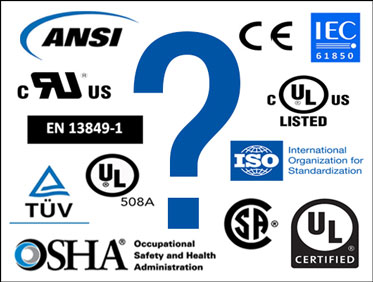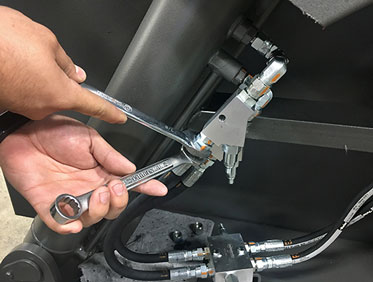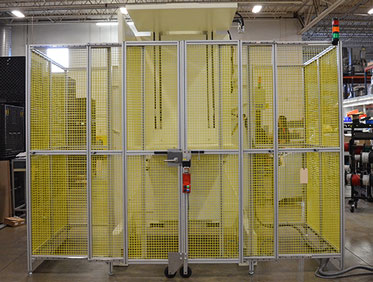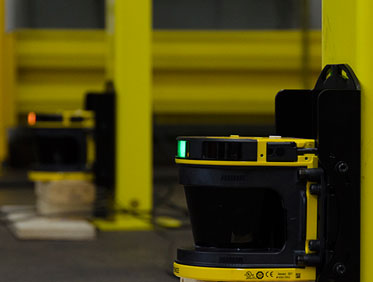SAFE WORKFORCE. PRODUCTIVE WORKPLACE.
What is considered safe?
You've identified a piece of equipment that significantly improves productivity and solves a major ergonomic issue, but does it also introduce a safety concern? Common with most companies today, your primary position is maintenance, operations, production, engineering or shipping, and because you wear multiple hats, part time safety manager. Before you bring a new piece of equipment into your facility, get educated- find out what to look for, what's included and what standards need to be met for your company.
Where do you start?
You are frustrated trying to find vendors selling material handling equipment that are willing to meet a specification or able to talk machine safety, industry standards like UL508A, OHSA and ANSI. When they do talk they, take the stance that the safe operation of the machine is the responsibility of the purchaser, not the machine builder. Online search results show many companies that provide post-sale assessment and safety audit services to upgrade you system. Be careful this can delay implementation and lead to unwanted and unnecessary costs.
Who do you trust?
Cherry's Industrial has served the industrial warehouse sector for more than three decades with unique equipment that not only improves ergonomics but also the safety of employees and staff. Let our sales team, engineers and risk/safety management discuss safety concepts, guarding and devices. We can simply explain audits, certification types and important trends. Finally, we can build specifically to your company's standards.

